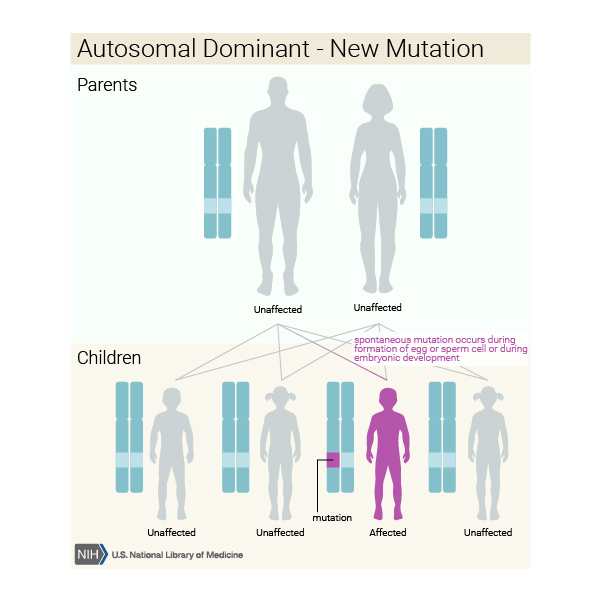Understanding Progeria: A Rare Genetic Disorder
What if aging wasn't a gradual process, but a rapid, relentless race against time? Progeria, a strikingly rare genetic disorder, throws the typical trajectory of human development into stark relief, offering a poignant glimpse into the complexities of aging itself.
This devastating condition, derived from the Greek word geras, meaning old age, affects approximately one in four million newborns worldwide. Children born with progeria initially appear healthy, blending seamlessly into the tapestry of new life. However, within the first year or two, subtle signs begin to emerge, hinting at the accelerated aging process unfolding within their small bodies. Growth slows, weight gain falters, and a distinct set of physical characteristics begins to manifest.
| Condition Name | Progeria (Hutchinson-Gilford Progeria Syndrome - HGPS) |
| Gene Affected | LMNA (Lamin A/C) |
| Inheritance Pattern | Sporadic (new mutations, not typically inherited) |
| Prevalence | ~1 in 4 million newborns |
| Key Symptoms | Growth retardation, failure to thrive, alopecia, distinctive facial features (prominent eyes, beaked nose, small chin), skin changes, cardiovascular issues, skeletal abnormalities |
| Related Syndrome | Werner Syndrome (adult-onset progeria) |
| Reference | The Progeria Research Foundation |
The hallmark of progeria is the rapid advancement of age-related changes. Skin becomes thin and wrinkled, hair loss (alopecia) is common, and children often develop a characteristic facial appearance with prominent eyes, a beaked nose, and a small jaw. Beyond the surface, the effects of progeria run deep, impacting multiple organ systems. Cardiovascular disease, typically a concern of later life, becomes a significant threat in children with progeria. Skeletal abnormalities, including joint stiffness and osteoporosis, also contribute to the challenges these children face.
Unlike many genetic disorders, progeria is not typically inherited through families. The condition arises from spontaneous mutations in the LMNA gene, which codes for lamin A and lamin C proteins, essential components of the nuclear lamina, a structure providing support and stability to the cell nucleus. These sporadic mutations, occurring randomly during the formation of sperm or egg cells, make progeria an exceedingly rare occurrence. Of the mutations identified, the classic p.G608G mutation accounts for a significant proportion of cases.
The altered lamin A protein, known as progerin, disrupts the normal functioning of the cell nucleus, leading to a cascade of cellular dysfunction thought to contribute to the accelerated aging process. Interestingly, some of the cellular changes observed in progeria also occur in normal physiological aging, albeit at a much slower pace. This observation has led researchers to consider progeria and other similar conditions as premature aging syndromes, offering valuable insights into the fundamental mechanisms of aging.
The first documented case of progeria dates back to 1886, described by Dr. Jonathan Hutchinson. Subsequently, in 1904, Dr. Hastings Gilford reported another case and coined the term progeria, solidifying the recognition of this distinct clinical entity. Since then, our understanding of progeria has grown considerably, thanks in part to the tireless efforts of parents, researchers, and organizations like The Progeria Research Foundation (PRF). Established in 1999 by the parents of a child with progeria, the PRF has played a pivotal role in raising awareness, supporting families, and driving research toward treatments and a cure.
While progeria presents formidable challenges, the resilience and spirit of these children shine brightly. They navigate the complexities of their condition with courage, embracing life with remarkable tenacity. The ongoing research into progeria not only holds promise for improving the lives of affected children but also offers a unique window into the mysteries of aging, potentially unlocking insights that could benefit us all.
The development of diagnostic methods, including genetic testing, has facilitated the early identification of progeria, allowing for timely intervention and support. While the average lifespan of a child with progeria is around 13 years, with some individuals living into their early twenties, advancements in medical care continue to extend and improve the quality of life for these extraordinary individuals.
Beyond Hutchinson-Gilford Progeria Syndrome, other progeroid syndromes exist, including Werner syndrome, an adult-onset form of progeria. These conditions, while distinct, share some overlapping features and provide further opportunities to explore the intricate biological pathways involved in the aging process.
Progeria stands as a stark reminder of the fragility of life and the relentless march of time. Yet, it also illuminates the enduring power of the human spirit, the importance of scientific inquiry, and the unwavering pursuit of hope in the face of adversity.

